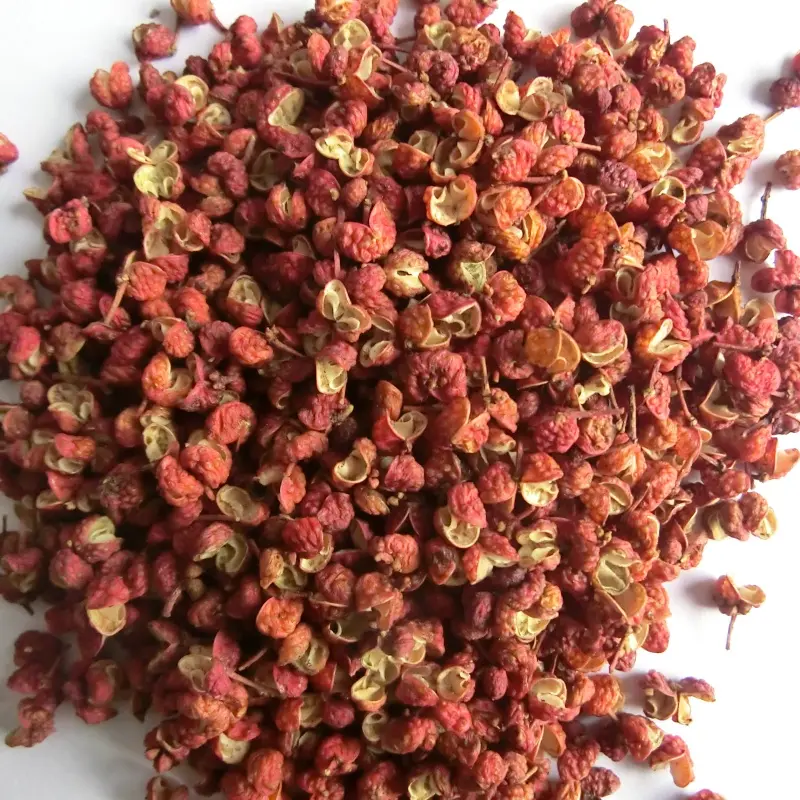Nestled in the heart of Chinese culinary tradition, Sichuan pepper stands as a key player in creating the bold, fiery flavors that have made Chinese cuisine renowned worldwide. Originating from the Sichuan province in southwestern China, this unique spice has become an indispensable element in the arsenal of flavors used by chefs in Chinese restaurants globally. In this article, we delve into the rich history, distinctive characteristics, and widespread popularity of Sichuan pepper in the context of Chinese food.
History and Origin
Sichuan pepper, scientifically denoted as Zanthoxylum bungeanum, unfolds a captivating narrative that spans centuries, rooted in the ancient tapestry of Chinese history and medicine. Originating in the Sichuan province, this spice's journey begins with its revered status in traditional Chinese medicine, where it wasn't merely a culinary delight but a valued medicinal asset.
The dried husks of the seeds from the prickly ash shrub, a native plant thriving in the Sichuan region, give birth to the essence of Sichuan pepper. Imagine the intricate process of harvesting and drying these husks, each step preserving the spice's potency and ensuring its distinct characteristics.
In ancient Chinese medicine, Sichuan pepper held a multifaceted role. Beyond its culinary allure, practitioners recognized its medicinal properties. It was believed to have properties that could aid digestion, alleviate certain ailments, and contribute to overall well-being. As such, the spice became an integral part of medicinal concoctions and elixirs, showcasing the deep intertwining of Chinese cuisine and traditional medicine.
The Sichuan region, with its unique climate and soil conditions, provided an ideal habitat for the prickly ash shrub, contributing to the spice's rich and nuanced flavor profile. The terroir of Sichuan, characterized by its mist-covered mountains and fertile plains, imparts a distinctive essence to the pepper, creating a spice that is not only numbing and peppery but also carries the essence of its geographical origin.
As centuries passed, Sichuan pepper's reputation transcended medicinal circles, gradually weaving itself into the fabric of Chinese culinary heritage. Today, its journey continues as a beloved ingredient, celebrated not only for its historical significance but for the vibrant and unforgettable sensory experiences it imparts to dishes around the world. Sichuan pepper, with its enduring legacy, stands as a testament to the harmonious marriage of culture, tradition, and nature in the realm of Chinese cuisine.
Distinctive Characteristics
Sichuan pepper's distinctive characteristics unfold as a sensory adventure on the palate. This spice introduces a remarkable tingling and numbing sensation, commonly referred to as "ma" in the realm of Chinese culinary arts. Imagine a symphony of flavors where each note is a dance between the numbing effect and a burst of citrusy and peppery undertones.
To grasp the intensity of this numbing sensation, consider the Scoville scale, which measures the heat of chili peppers. Sichuan pepper, while not as fiery as some chili peppers, brings a unique quality. It activates specific receptors on the tongue, creating a tingling feeling that is both intriguing and addictive. The numbing sensation is akin to the feeling of your tongue gently vibrating, adding a dynamic element to the overall taste experience.
In addition to its numbing quality, Sichuan pepper contributes a citrusy and peppery essence that plays a pivotal role in the culinary landscape. Picture the zestiness of freshly squeezed lemon combined with the boldness of black pepper, creating a flavor profile that is both vibrant and complex.
In Chinese cuisine, the magic of Szechuan pepper is vividly illustrated in iconic dishes like Mapo Tofu. Here, the pepper not only adds heat and numbing but also enhances the aromatic depth of the dish. The tingling sensation becomes a culinary journey, with each bite revealing layers of flavor that linger on the taste buds.
Beyond its culinary prowess, Sichuan pepper has gained attention for its potential health benefits. Studies have suggested that compounds found in the pepper may possess anti-inflammatory and antioxidant properties, contributing to its historical role in traditional Chinese medicine.
As global interest in diverse and bold flavors continues to grow, Sichuan pepper has found its place not only in traditional Chinese dishes but also in innovative culinary creations. Chefs worldwide are experimenting with this spice, incorporating it into everything from cocktails to desserts, showcasing its versatility and appeal across a wide spectrum of cuisines.
In essence, Sichuan pepper isn't just a spice; it's an experience, a journey through a landscape of sensations that tantalize the taste buds and leave a lasting impression on those who embark on the flavorful adventure.
Popular Culinary Applications
Sichuan pepper, hailed as a culinary maestro, takes center stage in crafting some of China's most iconic and mouthwatering dishes. One such masterpiece is Mapo Tofu, a Sichuan classic renowned for its bold flavors and tingling spiciness. Here, the pepper not only contributes its numbing and peppery notes but also elevates the dish with an aromatic depth that dances on the taste buds. The symphony of flavors created by Sichuan pepper turns Mapo Tofu into a culinary adventure, where each bite tells a story of tradition and innovation.
Another culinary gem where Sichuan pepper shines is in Kung Pao Chicken, a dish celebrated for its harmonious blend of sweet, savory, and spicy elements. The pepper's distinctive numbing quality intertwines seamlessly with the dish's spicy kick, creating a complex flavor profile that keeps diners coming back for more. Kung Pao Chicken becomes a culinary spectacle, with Sichuan pepper adding a layer of excitement to the medley of textures and tastes.
Beyond individual dishes, Sichuan pepper contributes to the symphony of Chinese Five Spice, a renowned spice blend that encapsulates the essence of Chinese cuisine. The blend typically combines Sichuan pepper with star anise, cloves, cinnamon, and fennel seeds, creating a versatile seasoning that enhances the complexity of a myriad of recipes. From savory stir-fries to aromatic braised dishes, the Chinese Five Spice, with its Sichuan pepper undertones, remains a cornerstone of Chinese culinary artistry.
What sets Sichuan pepper apart is its remarkable versatility. While it is a staple in savory dishes, its adaptability extends to the realm of sweets. Picture Sichuan pepper infused into desserts, imparting a subtle yet intriguing hint of numbing warmth. Whether it's incorporated into chocolate truffles or infused into ice creams, the spice showcases its ability to transcend traditional boundaries, surprising and delighting taste buds in unexpected ways.
In the diverse landscape of Chinese cuisine, Sichuan pepper stands as a culinary chameleon, seamlessly weaving its way through an array of dishes, from fiery stir-fries to delicate desserts. Its ability to enhance both savory and sweet creations cements its status as an indispensable ingredient, forever leaving its flavorful imprint on the rich tapestry of Chinese gastronomy.
Global Influence
As Chinese cuisine has transcended geographical boundaries through globalization, Sichuan pepper has emerged as a culinary ambassador, leaving an indelible mark on international menus. Food enthusiasts around the world have become captivated by the distinct and electrifying flavors this spice brings to the table.
In the realm of international cuisine, Sichuan pepper has not only found a place but has become a sought-after ingredient, featured in a diverse array of dishes. Restaurants across continents now incorporate this spice into their offerings, showcasing its ability to infuse a touch of the exotic and the extraordinary into a variety of culinary creations.
One notable example is the fusion of Sichuan pepper into Western cuisine. Imagine a perfectly seared steak seasoned with a Sichuan pepper rub, delivering a unique and unexpected twist to a classic dish. The spice's numbing and citrusy notes can also be found in innovative cocktails, where bartenders experiment with infusions to create drinks that tantalize the senses.
In the realm of contemporary gastronomy, renowned chefs have embraced Sichuan pepper as a secret weapon to elevate their creations. Its inclusion in international culinary competitions and on the menus of Michelin-starred restaurants attests to its global appeal. The spice's versatility enables it to seamlessly integrate into diverse culinary traditions, providing a bridge between the rich tapestry of Chinese flavors and the global palate.
Furthermore, the rising popularity of Sichuan-inspired street food and casual eateries in major cities worldwide reflects a growing appreciation for the bold and vibrant tastes associated with Sichuan cuisine. From Sichuan pepper-infused noodles to spicy Sichuan hot pots, these international adaptations showcase the spice's ability to transcend cultural borders while preserving its authentic essence.
The global influence of Sichuan pepper extends beyond the realms of professional kitchens. Enthusiastic home cooks worldwide now seek out this spice, incorporating it into their own culinary experiments. Online platforms and cooking shows featuring Sichuan pepper recipes contribute to its widespread recognition and usage, allowing food enthusiasts to embark on their own flavorful journeys.
In essence, Sichuan pepper's journey from the heart of Chinese cuisine to international prominence symbolizes not only its culinary prowess but also the global appreciation for diverse and bold flavors. As it continues to spice up menus worldwide, Sichuan pepper stands as a testament to the evolving landscape of global gastronomy and the enduring allure of authentic, regional flavors.
Challenges and Opportunities
The global appeal of Sichuan pepper, while celebrated, is not without its challenges, primarily stemming from the spice's specific cultivation requirements. These challenges highlight the delicate balance between meeting the increasing demand and ensuring the sustainable production of this prized ingredient.
Sichuan pepper thrives in the specific climate and soil conditions of the Sichuan region, creating a geographical limitation to its cultivation. The need for a precise combination of altitude, temperature, and soil composition adds a layer of complexity, making it challenging to replicate the terroir of the spice in other regions. This exclusivity raises concerns about overharvesting and environmental impact, prompting a careful examination of sustainable practices.
To address these challenges, there are ongoing efforts to cultivate Sichuan pepper in alternative regions with climates and terrains that mimic the conditions of its native habitat. This not only diversifies the sources of Sichuan pepper but also helps alleviate the pressure on the limited cultivation areas in the Sichuan province. These initiatives involve experimenting with different soil compositions, altitudes, and microclimates to identify suitable environments for sustainable cultivation.
Additionally, advancements in agricultural technology and research play a crucial role in improving the yield and quality of Sichuan pepper. Techniques such as precision farming and sustainable agricultural practices are being explored to enhance cultivation efficiency while minimizing environmental impact. This includes measures to prevent soil degradation, conserve water resources, and reduce the use of chemical inputs.
Collaboration between farmers, researchers, and environmentalists is essential in navigating the challenges associated with the global demand for Sichuan pepper. Initiatives that promote sustainable agriculture, fair trade practices, and environmental stewardship contribute to the long-term viability of Sichuan pepper cultivation while ensuring the livelihoods of those involved in its production.
While challenges exist, they also present opportunities for innovation and collaboration within the agricultural sector. By embracing sustainable practices, fostering research and development, and expanding cultivation to new regions, the global demand for Sichuan pepper can be met responsibly, ensuring that this flavorful spice continues to be a staple in kitchens worldwide for generations to come.
Conclusion
Sichuan pepper stands as a testament to the rich tapestry of flavors within Chinese cuisine. Its history, distinctive characteristics, and global influence make it an essential spice for any Chinese food restaurant aiming to deliver an authentic and memorable dining experience. As we savor the tingling sensation and bold flavors it imparts, we celebrate Sichuan pepper as a culinary gem that continues to spice up the world of Chinese gastronomy.
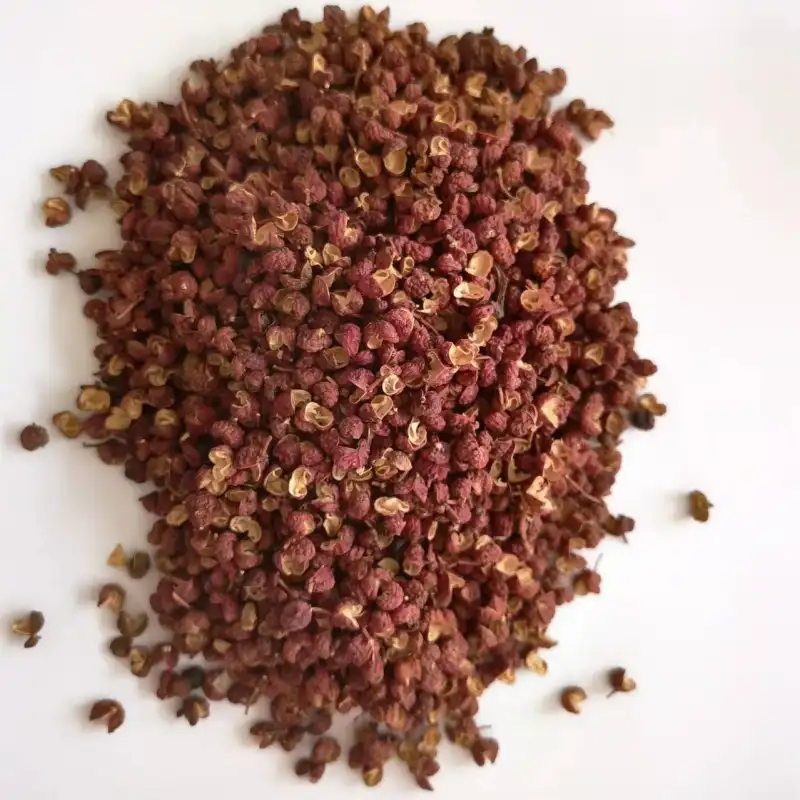
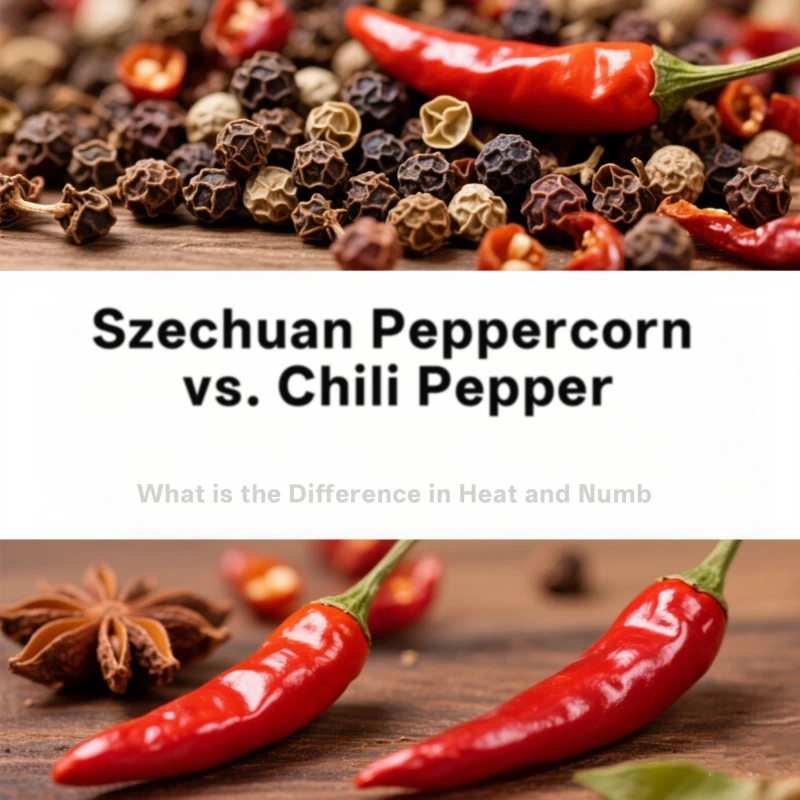
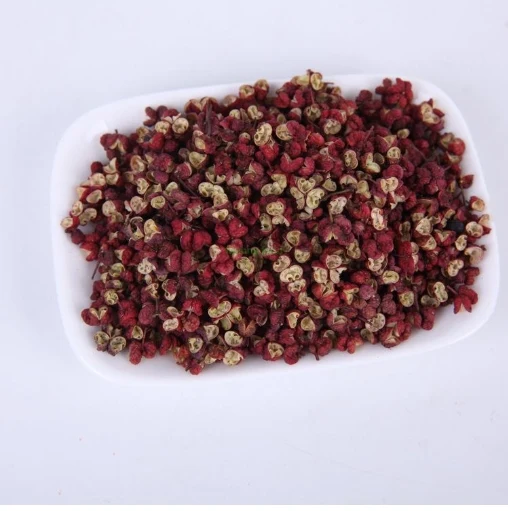
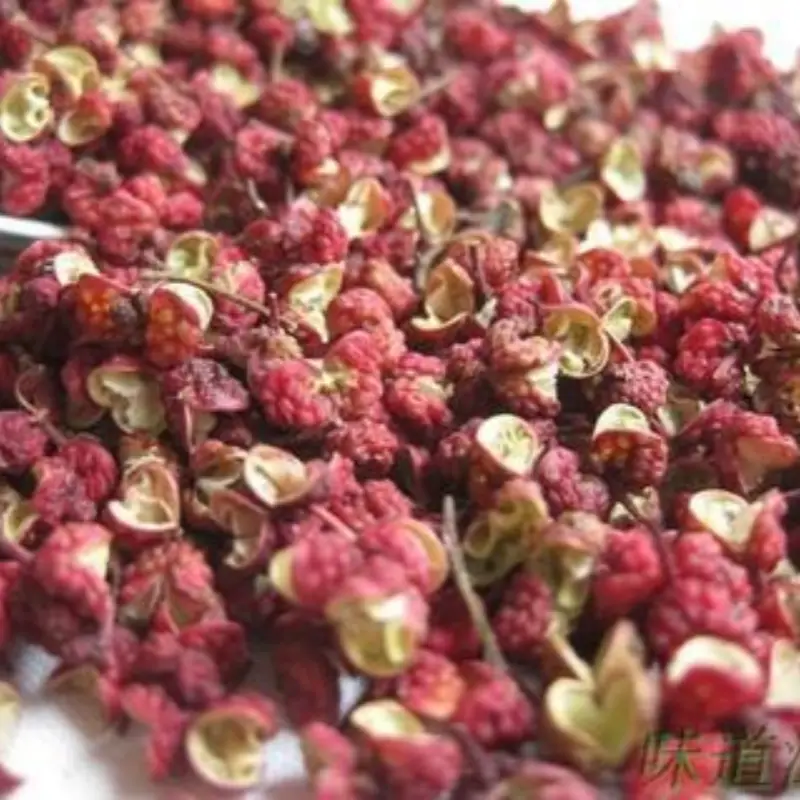
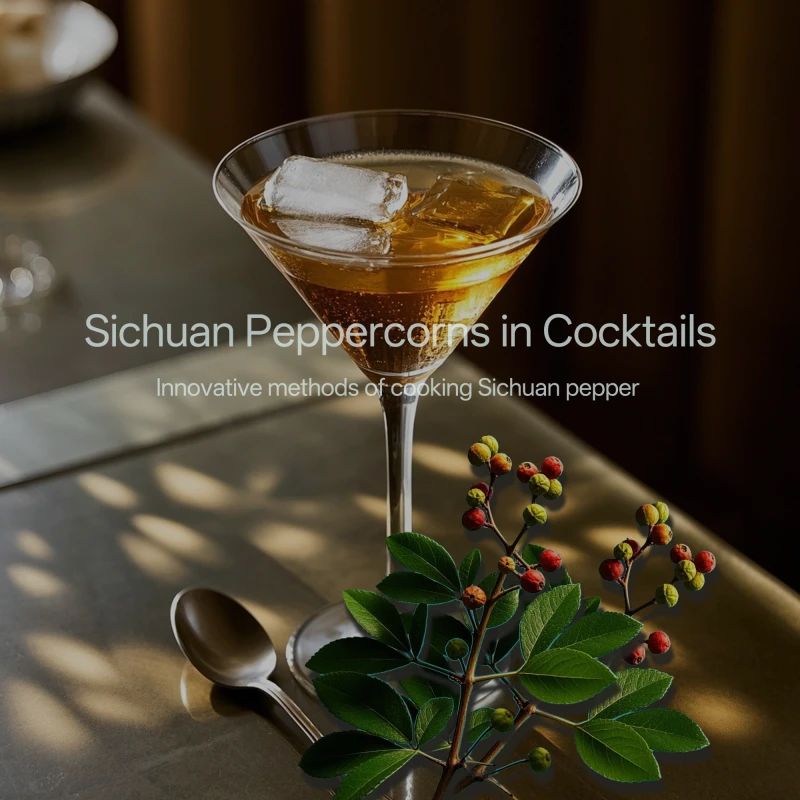
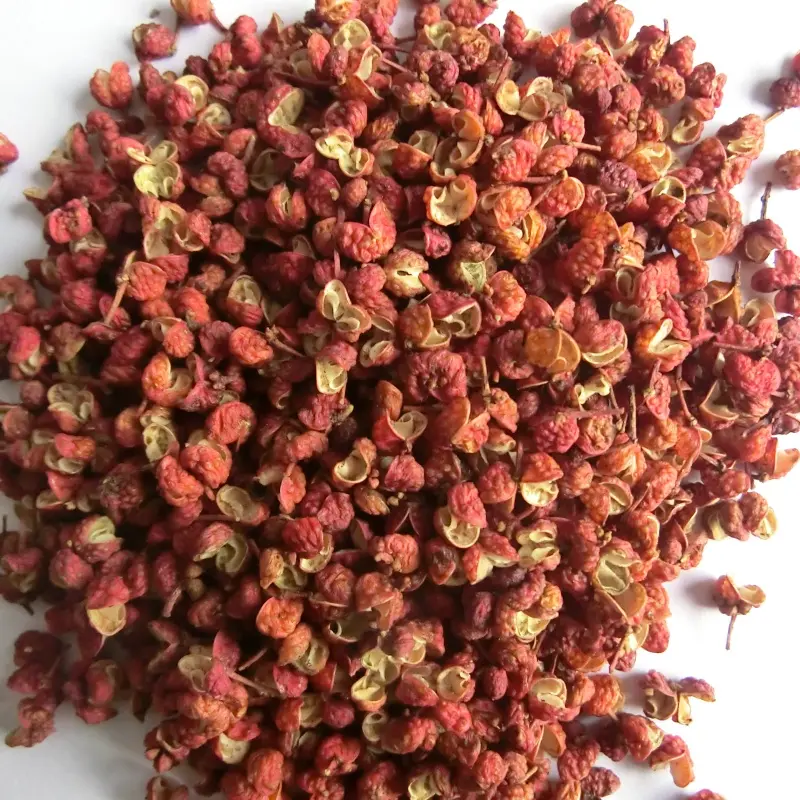
811.webp)

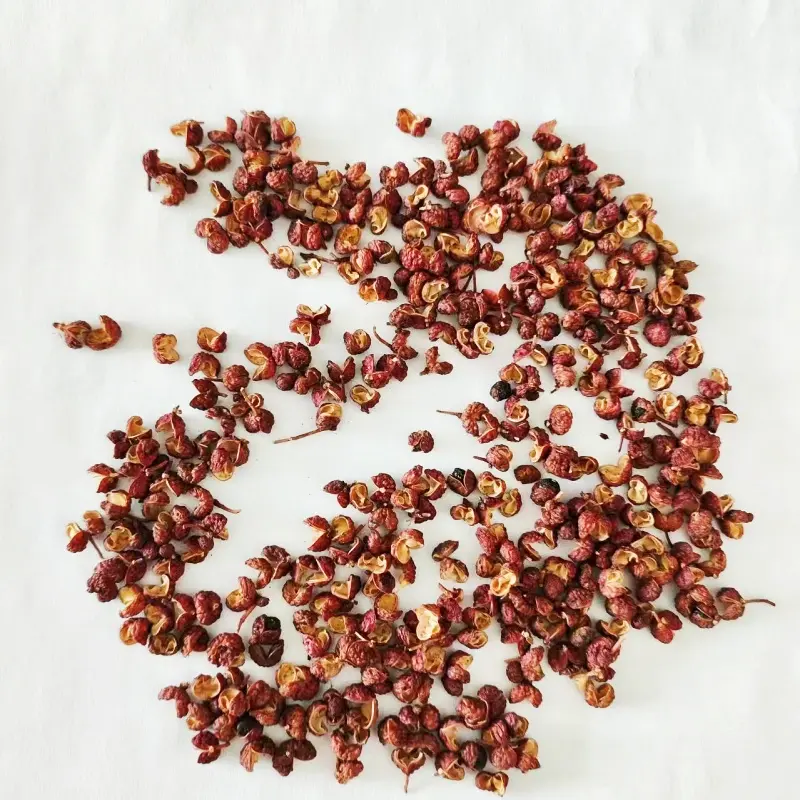
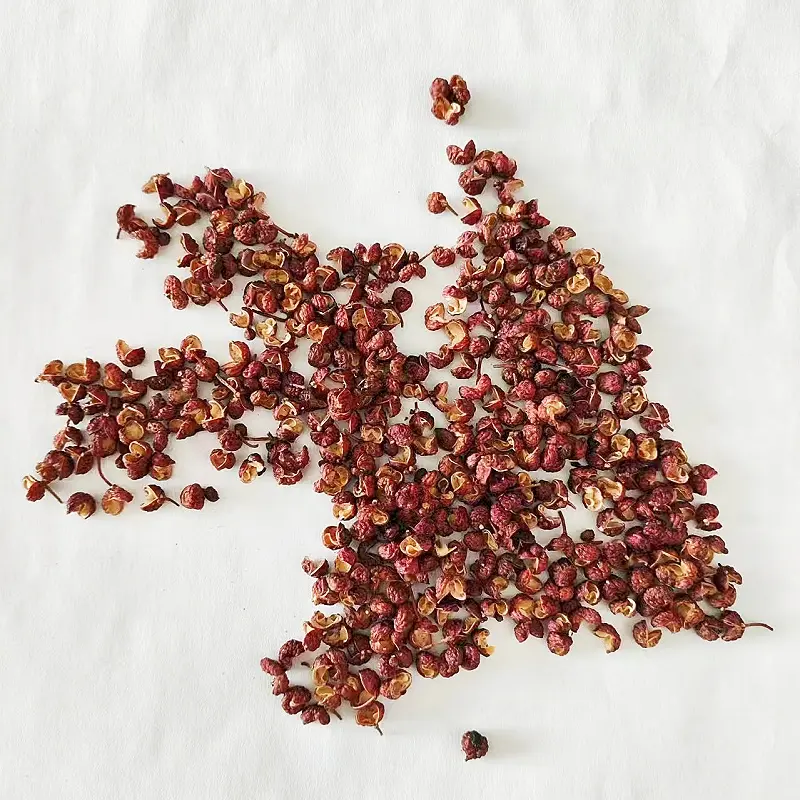
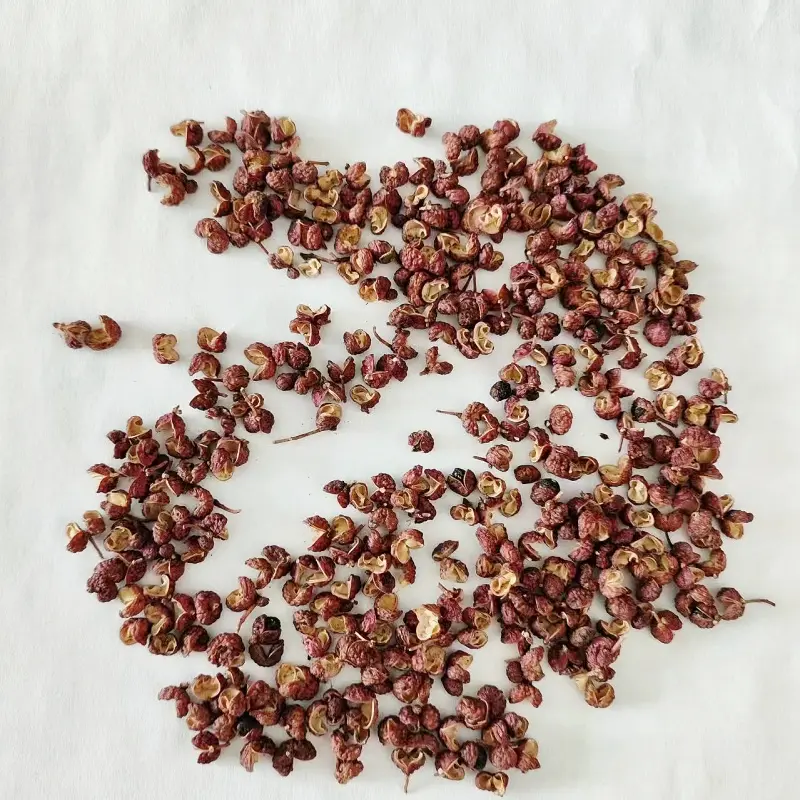
114.webp)
